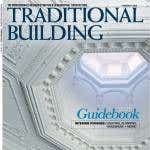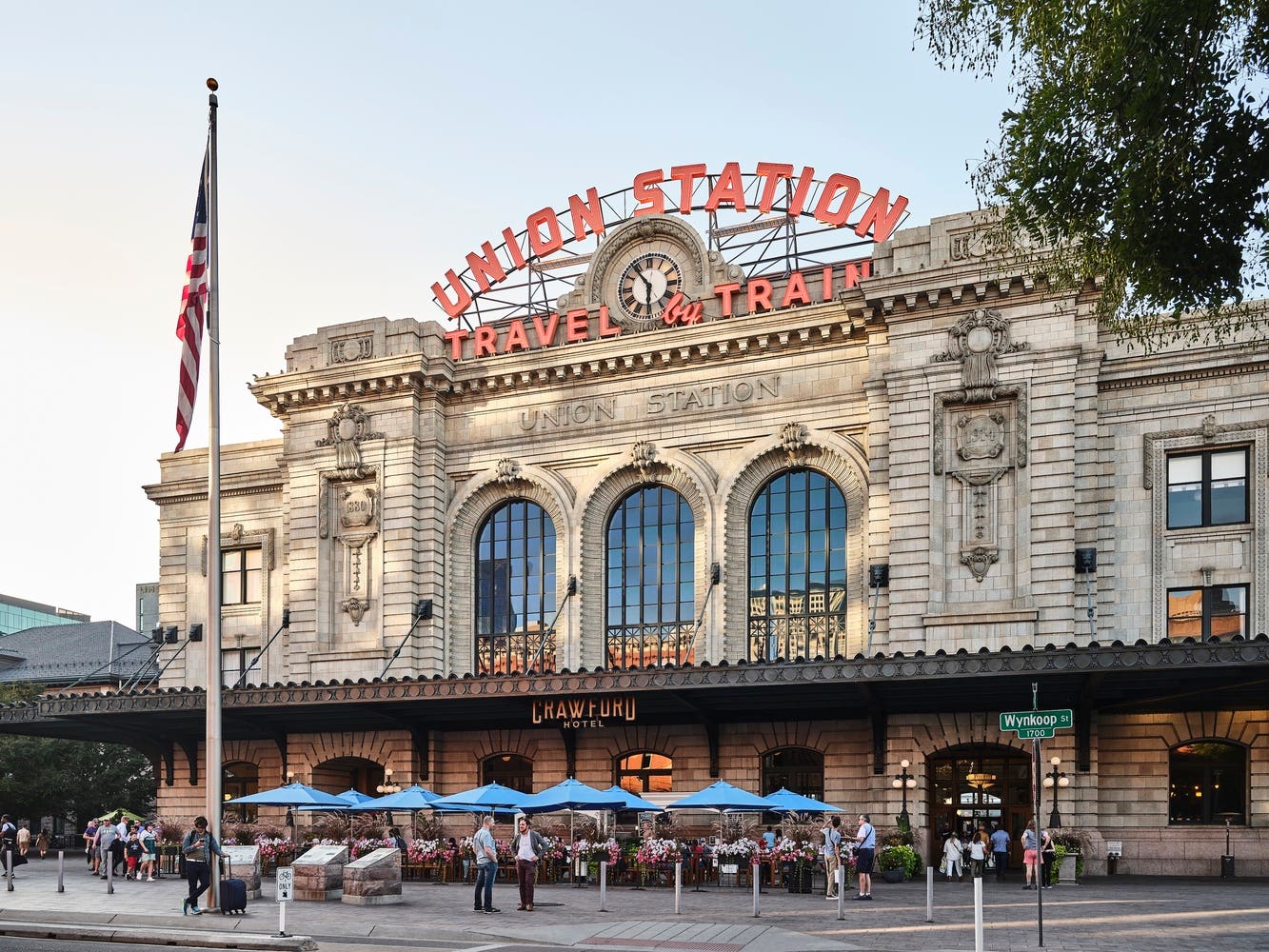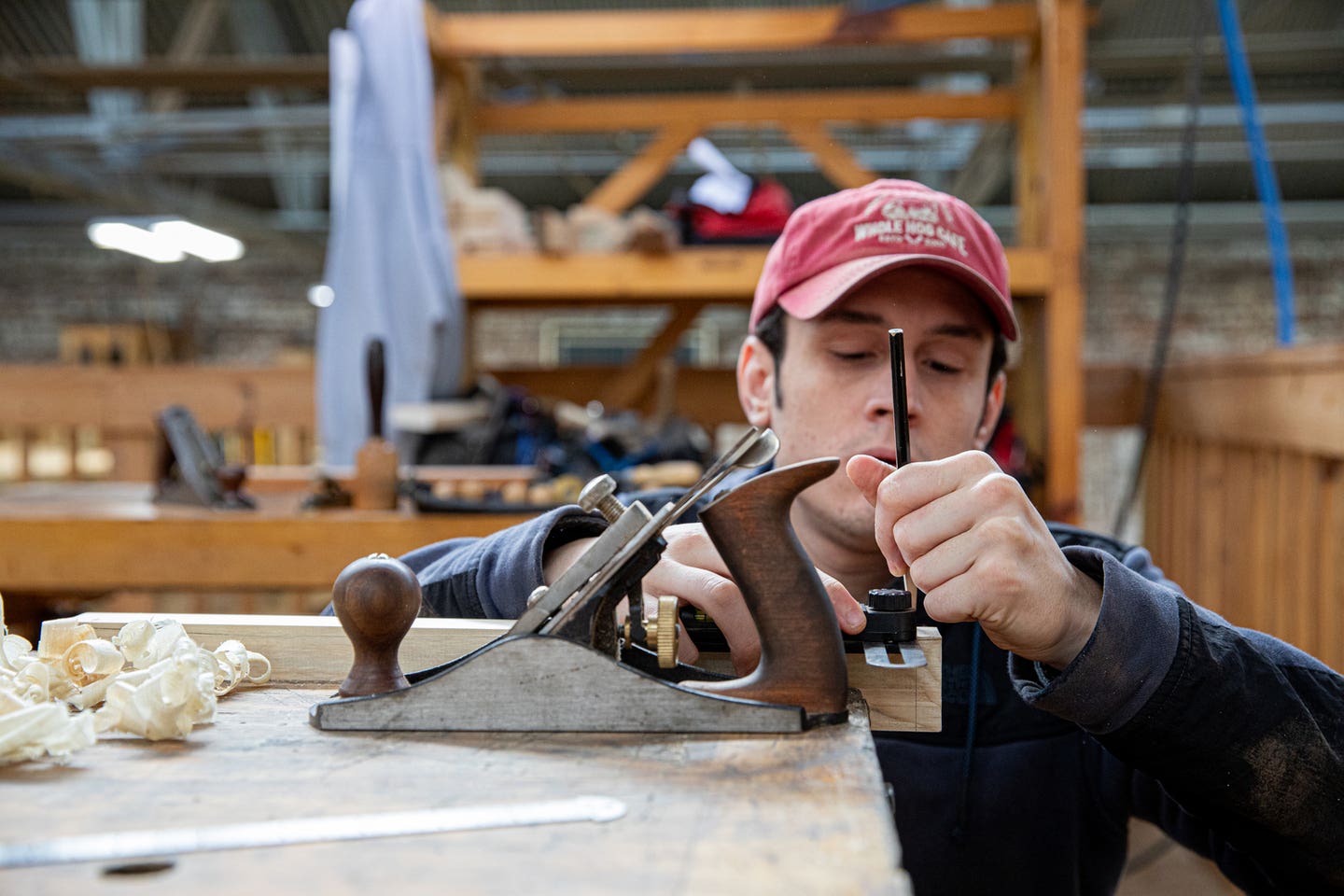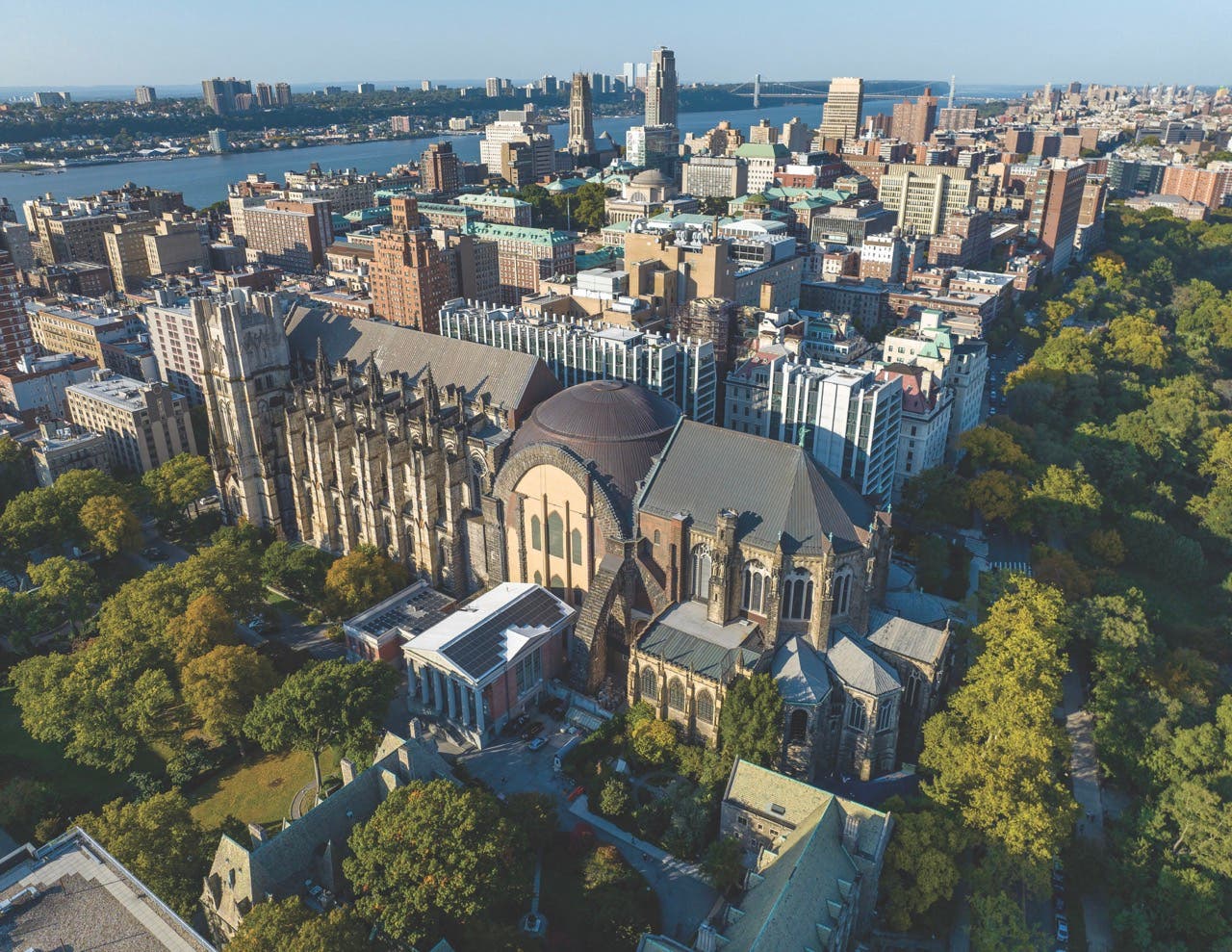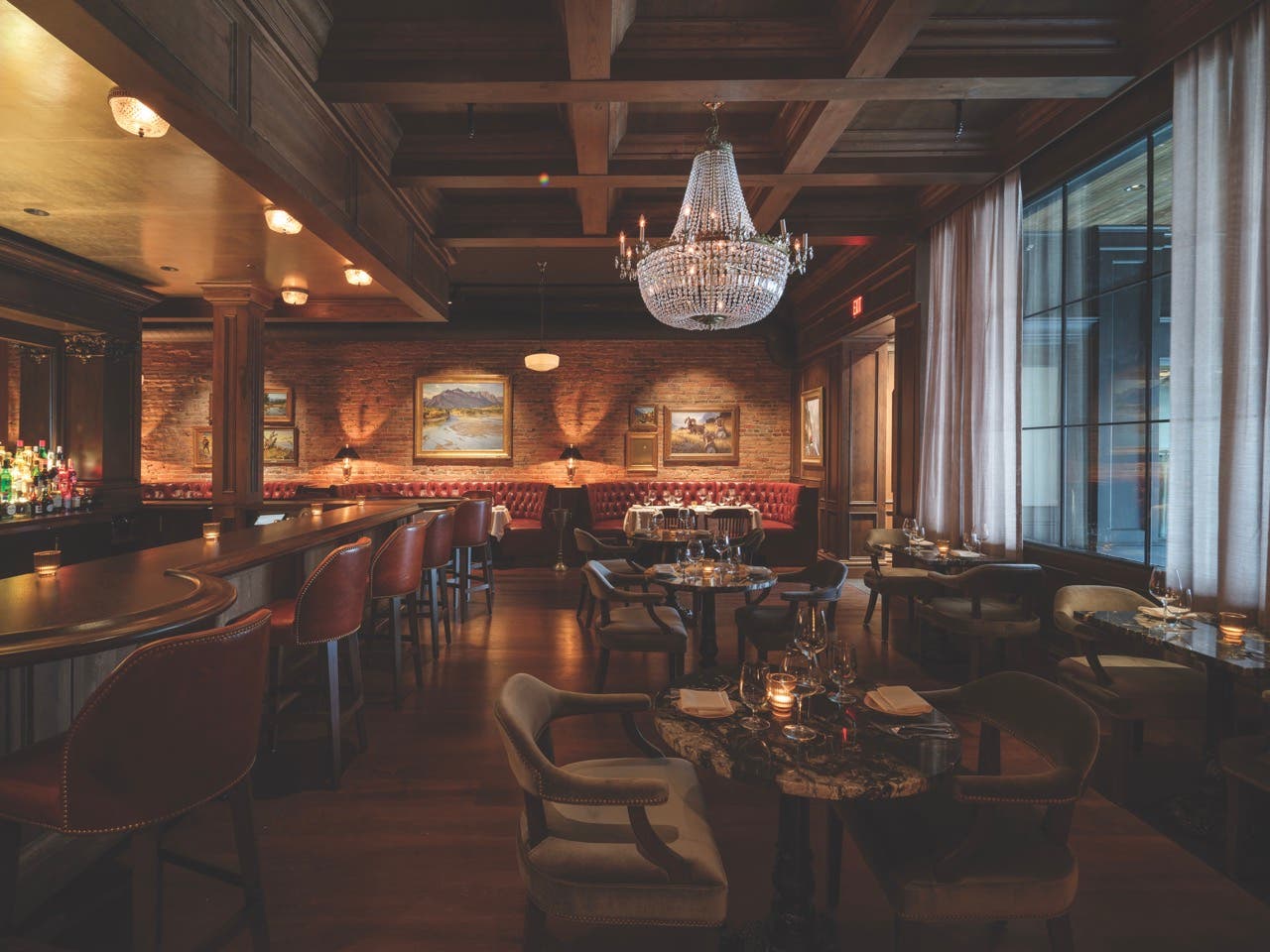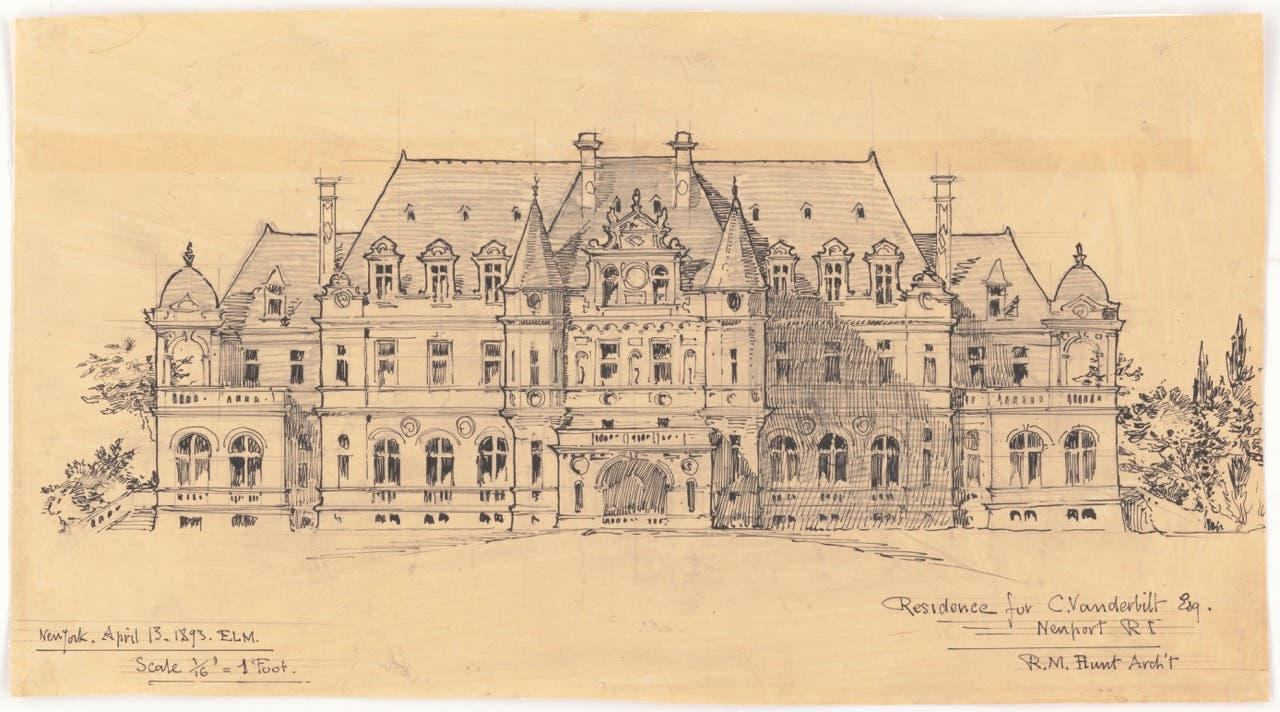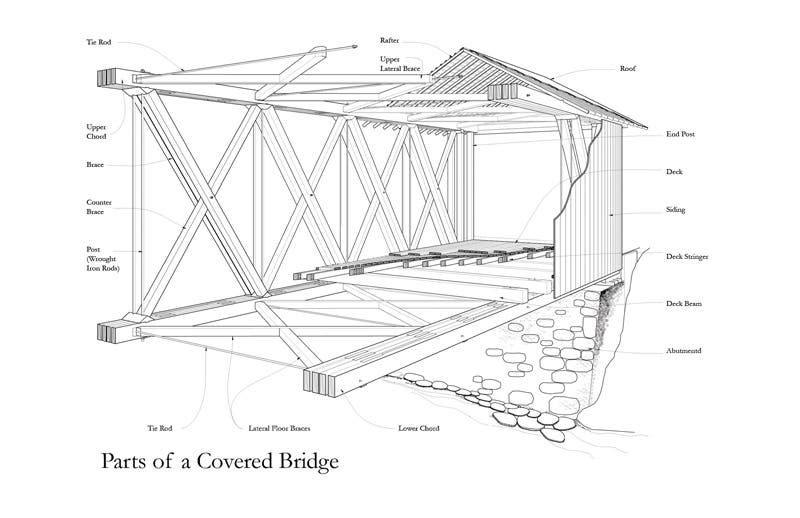
Features
Covered Bridges and The Birth of American Engineering
As an Amazon Associate, we earn from qualifying purchases made through affiliate links.
Covered Bridges and The Birth of American Engineering Historic American Engineering Record, National Park Service, Washington, DC 2015
Available via free download at https://www.nps.gov/hdp/project/coveredbridges/publications.htm
ISBN: 978-0-578-17106-7
Executive Editors: Justine Christianson and Christopher H. Marston
Associate Editors: Michael R. Harrison and David A. Simmons
Authors: James Barker, Lola Bennett, Joseph Conwill, Sheila Rimal Duwadi, Dario Gasparini, Richard O’Connor, Matthew Reckard and Rachel Herring Sangree
Reviewed by Judy L. Hayward
The U.S. National Park Service is celebrating its 100th anniversary this year. Parks, national historic sites and monuments have been featured in numerous salutes across the nation. The recent publication, Covered Bridges and The Birth of American Engineering, celebrates the legacy of another program of the National Park Service: the Historic American Engineering Record (HAER). HAER recently completed a special long-term project that extended from 2002 until 2015: the National Covered Bridges Recording Project. It was funded through the Federal Highway Administration’s National Historic Covered Bridges Preservation Program.
The first two chapters discuss the evolution of this comprehensive initiative to document and preserve historic covered bridges. The project is extraordinary for many reasons. It took the combined efforts of two federal agencies partnering with numerous state and municipal highway departments, academics, historians, nonprofits and covered bridge aficionados to produce two national conferences on best practices for the care and repair of covered bridges, a traveling exhibition, guidelines for rehabilitation, national historic landmark nominations, documentation of over 80 covered bridges, and this book.
It is a remarkable body of work that shows what can be done through earnest collaboration. This project about covered bridges has built lasting professional bridges for those charged with the care of these rare historic structures. The author and editorial credits noted above read like a “Who’s Who” of architectural and engineering historians at work in the United States today.
Covered bridges were the stuff of romantic legend long before The Bridges of Madison County was published and adapted into a film. Sometimes called “kissing” or “wishing” bridges, a few endure as tangible connections to an era of slower speed. They seem simple, but in truth, they hold the key to unlocking the mysteries of innovation in construction during the development of the profession of engineering in the United States.
Chapters three through seven address the history of covered bridges, engineering and design, the development of trusses in covered bridge construction, a history of builders and construction practice and recommendations for their preservation. There is a comprehensive bibliography, an index of the covered bridges documented by the Historic American Engineering Record, and photos and diagrams.
The book succeeds in giving a comprehensive portrait of how covered bridges were built and how repeated attempts to improve upon wooden trusses lead to longer and stronger spans. The authors demonstrate how bridge engineering and design evolved in the 19th century through the development of wooden trusses, built for early highways and railroads as cultural changes and westward expansion pushed humankind to build for heavier and faster loads.
It shows that covered bridge timber-framing bears some similarity to framing houses, barns and churches. While timber-framed buildings are built on foundations, covered bridges are built on piers and abutments and must carry heavy loads across long spans.
The complexities and subtle differences of the variety of wooden trusses are hard to understand without good visuals. The photographs, cutaways and construction plans and notes support a clear narrative to guide both newcomers and the most seasoned engineering professionals in the study of bridges. It all began with a simple triangle, and Andrea Palladio (1508-1580) is credited with creating the concept of the truss.
The science of bridge engineering emerged in the 19th century. Efforts to test loading capacity and patent designs were balanced with empirical evidence gained by a generation of master builders. Engineering schools began to spring up in the fledgling United States. Truss designers critiqued each other’s patents and tried to make improvements. Engineers and builders used scientific observation to determine effects such as deflection, changes in camber, wood shrinkage, wear on treenails (rhymes with tunnels) and other sophisticated connections to improve wooden truss design.
Just how rare are covered bridges in the United States? The book cites historian Joseph Conwill who has visited all of them: only 672 historic covered bridges remain from over 10,000 constructed from the 18th to the 20th century.
The biggest challenges to covered bridges are loss of use due to inadequate loading capability, deferred maintenance, floods, fire and arson. Just recently, in September 2016, the Cornwall-Salisbury Covered Bridge in Vermont was severely damaged by fire. While the cause of the fire was still under investigation when this review was being written, the incident was yet another reminder of the constant threats to these endangered structures.
Covered Bridges and The Birth of American Engineering celebrates a ground-breaking project to document covered bridges and explain their historic engineering and cultural significance. As such, it serves as an excellent guide for documentation of other building types. It is a valuable resource for engineering students and teachers, builders, architectural historians and those who just love the romance of these carefully engineered landmarks.
Judy L. Hayward spends her days pursuing a passion for historic architecture and the ways in which it can be reused to sustain and grow healthy communities. She develops courses in partnership with builders, architects, traditional craftspeople and others to teach both historic preservation and traditional building skills. She has one foot in the nonprofit world as executive director of Historic Windsor and the Preservation Education Institute and the other foot in the world of media and information services as education director for the Traditional Building Conference Series and Online Education Program.


